Coriolis Effect: Air Circulation in the Atmosphere
The Coriolis effect is the deflection of air due to Earth’s rotation. Air veers to the right in the northern hemisphere. And vice versa south of the equator.
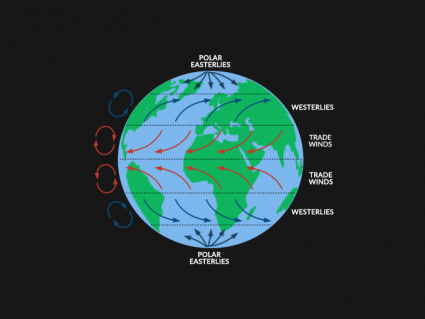
The Coriolis effect is the deflection of air due to Earth’s rotation. Air veers to the right in the northern hemisphere. And vice versa south of the equator.

Working in ecology is seeing conservation in action. These 7 questions and answers evaluate ecologists career for salary, job duties and potential employers.
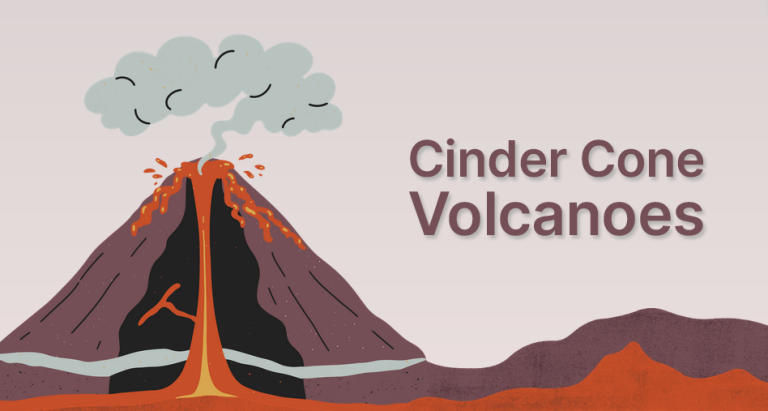
Cinder cones (also known as spatter cones) are the most common type of volcano in the world. But they are small in comparison to stratovolcanoes and others.
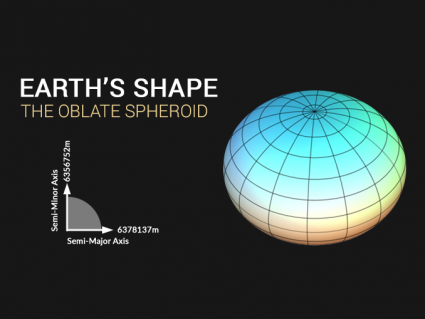
Earth is not a perfect sphere. In fact, it’s in the shape of an oblate spheroid. Earth shape bulges at the equator and flattens at the north and south pole.
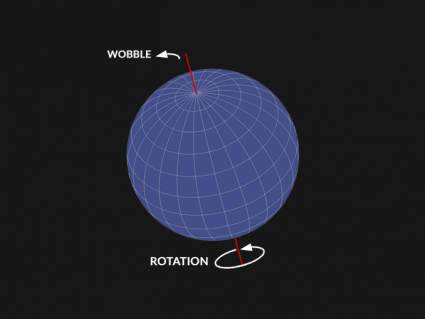
Earth spins on its axis of rotation. But it doesn’t spin perfectly. Like a toy top, it wobbles when it spins. This displacement is the Chandler Wobble.
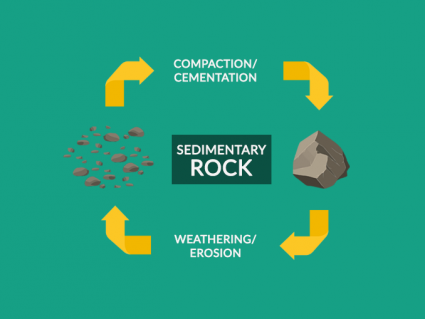
Sedimentary rocks form from two key processes. First, compaction squeezes material together. Second, cementing glues the squeezed material together.
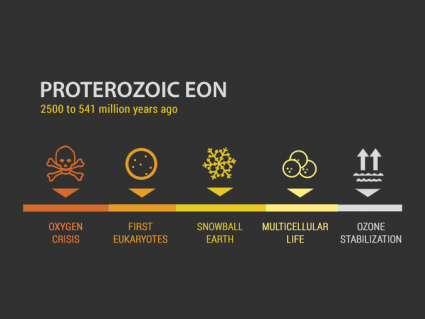
In the Proterozoic Eon, key highlights are: ozone layer thickened, an oxygen crisis, Snowball Earth and eukaryotes and multicellular organisms evolved.
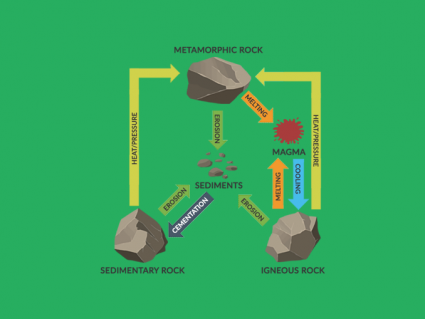
If you could speed up time, you would see rocks cycling from within the planet. Like a well-oiled machine, rocks are igneous, sedimentary and metamorphic.

Meteorologists partake in weather prediction. They understand atmospheric chemistry and physics and how they relate to weather and climate patterns.
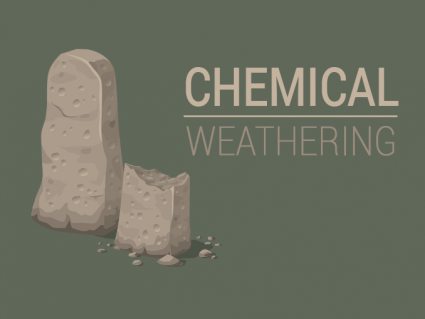
Chemical weathering is the process of transforming a rock’s composition through chemical reactions (by dissolving or converting them into other minerals)
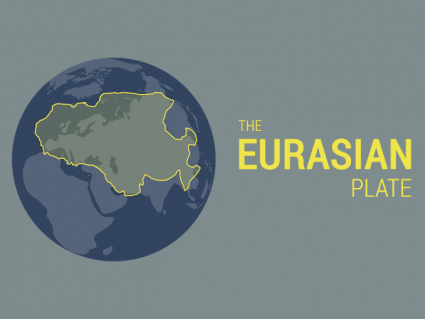
Sandwiched between the North American & African Plates, the Eurasian Plate consists of parts of Europe, Russia, Asia as well as the Atlantic & Arctic Ocean.
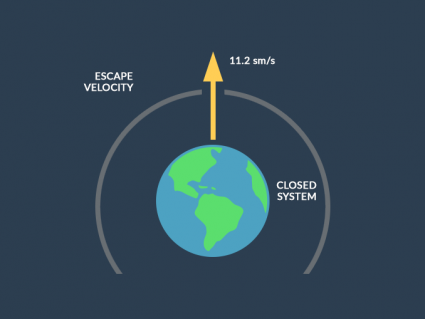
The escape velocity of Earth (11.186 km/s) is the speed at which a free object must travel to escape into space from the planet’s gravitational pull.
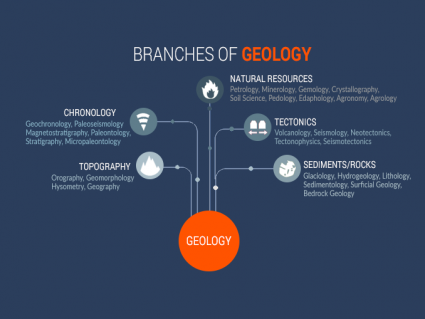
What are the branches of geology? It can be divided in different ways. We divide fields into tectonics, sedimentology, topography, chronology & astrogeology
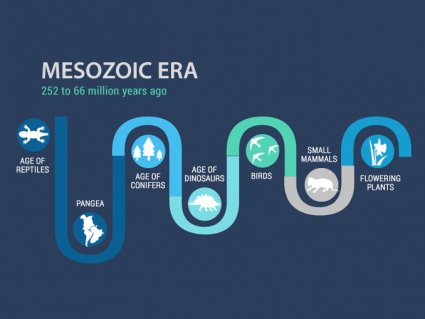
The Mesozoic Era had a lot of “firsts”. For example, it had the first birds, first mammals, first dinosaurs and first flowering plants on Earth.

Because the Earth is tilted on its axis, it’s why we have seasons. When Earth receives more sunlight on one side, it’s summer. And vice versa for winter.